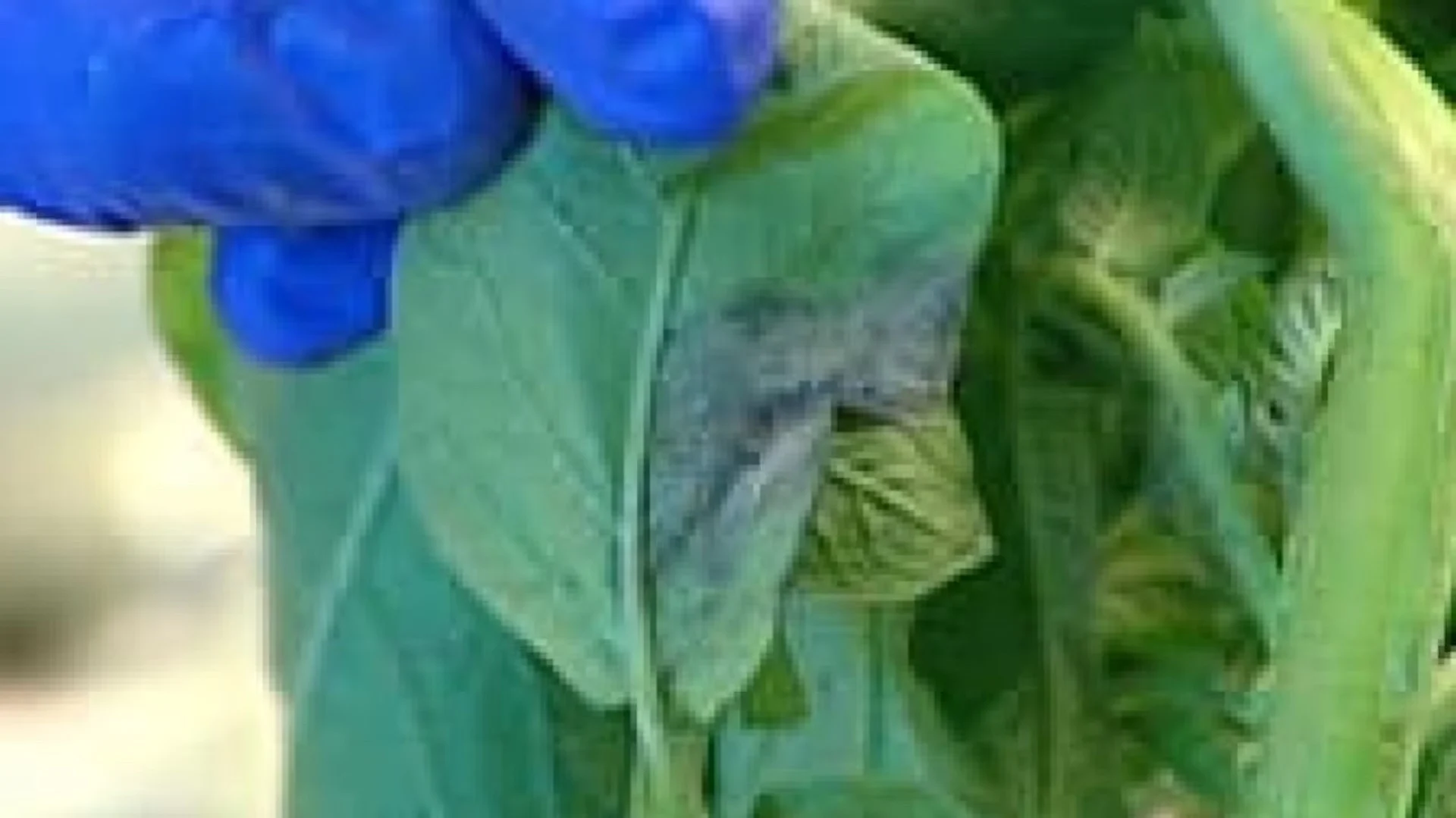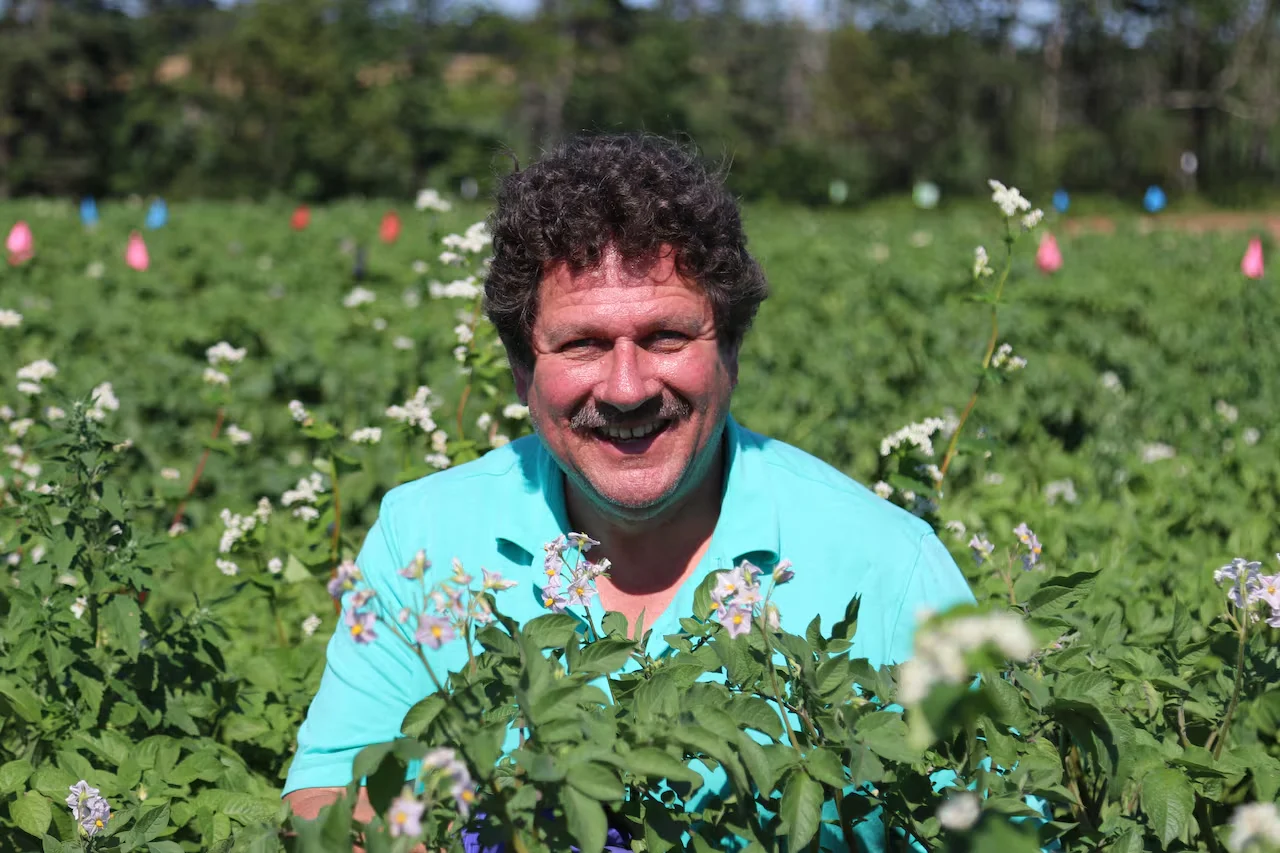
Lessons from 19th century N.S. crop failure resonate in climate change era
As climate change threatens global food security today, the story of a Nova Scotia potato blight 180 years ago offers a sobering historical parallel.
This same plant disease, the destructive water mould Phytophthora infestans, crossed the Atlantic shortly after its arrival in the Maritimes.
SEE ALSO: Multiple rounds of beneficial rains on the way to Atlantic Canada
A year later, its effect on Ireland — a nation overwhelmingly dependent on the potato — triggered the Great Famine, resulting in untold suffering, mass death and forced displacement.
Today, unpredictable weather patterns are forcing Maritime farmers to fight a costly battle against new threats to the food supply.
Starting in late 1844, a mysterious rot began affecting potato crops in some parts of Nova Scotia.
By late 1845, the effects were widespread and devastating. Rural communities faced hunger and economic hardship. Livestock feed was scarce.

A potato shows signs of late blight. (Agriculture and Agri-Food Canada)
The blight did not spare even the hardiest potato varieties.
The effects were so severe, the Nova Scotia House of Assembly was recalled for an emergency session in January 1846.
Lieutenant-Governor Viscount Falkland opened the session with a grave warning, speaking of "the necessity which exists for devising means to alleviate the distress and privation ... in consequence of the almost general failure of the potato crop."
Reports presented to the council from rural areas, like Cape Breton, described the failure as "almost total."
Relief funds were allocated to local representatives to buy flour and meal.

Rick Peters is a research scientist with Agriculture and Agri-Food Canada. (Agriculture and Agri-Food Canada)
It was extended to the general population and also specifically to Black and Indigenous communities.
The blight exposed the fragility of the single-crop food system relied upon by many poorer families.
The crisis prompted immediate action toward agricultural experimentation. Officials recommended diversification into livestock and grain.
The historic blight thrived in the cool, damp weather of the 1840s.
The climate in the Maritimes is different now, with drought conditions being common for the last few years.
Research scientist Rick Peters from Agriculture and Agri-Food Canada, based in P.E.I., has watched the change unfold.

(Nathan Coleman/The Weather Network)
He studies late blight, the same disease that caused the historic crop failures.
"In those days, even up ... until the mid-2000s ... I can almost guarantee that we'd get late blight in the Maritimes every year because we tend to have adequate rainfall during the summer and generally cooler weather," he says.
Peters says the region's cooler weather was perfect for the pathogen.
But, he says he has seen a dramatic shift, noting that in the last seven years there has not been an incidence of late blight in Eastern Canada.
He says this is a "bioindicator of climate change," citing a devastating drought this year and the fires of recent years as clear evidence.
The change does not mean that plant diseases have been eliminated, only the diseases that farmers have to fight, Peters says.
He says late blight has been replaced by other threats.
"We're seeing other diseases become more important, diseases like early blight, common scab and brown spots," Peters says. "These are foliar pathogens that tend to be more common in drier situations."

Peters says modern potato varieties have more tolerance for drought. (Monty Kruger/CBC)
He says these were once more common in Western Canada but are now established in the East.
According to Peters, the modern food system is more diverse and resilient than in 1845. Back then, a lack of genetic diversity made the crop vulnerable.
Today, plant breeders are constantly working to develop new varieties.
Peters says modern potato varieties are more drought tolerant.
He says during the recent drought, varieties with better drought resistance survived and produced relatively good yields.
Peters says that even with modern breeding, finding potatoes with strong resistance to blight remains a challenge.
“We're still relying on fungicides quite a bit,” he says.
It is a constant battle. As soon as breeders develop resistance, the pathogen can evolve to overcome it, he says.
Farmers today have tools their 19th-century counterparts lacked.
They use weather forecasting and spore traps for early detection. When a blight warning is issued, farmers can apply fungicides proactively to protect their crops.
But this progress comes at a cost. Climate change directly impacts a farm's bottom line.
Peters points to irrigation as a major new cost. With more frequent dry years, the pressure to irrigate increases. Adopting new strategies for new diseases also adds expense.
"I don't know how some of these guys sleep at night really,” Peters says. “Because… there are so many unknowns."
WATCH: Canada introduces three new strawberry varieties, how they differ
Thumbnail courtesy of CBC.
The story was originally written by Vernon Ramesar and published for CBC News.